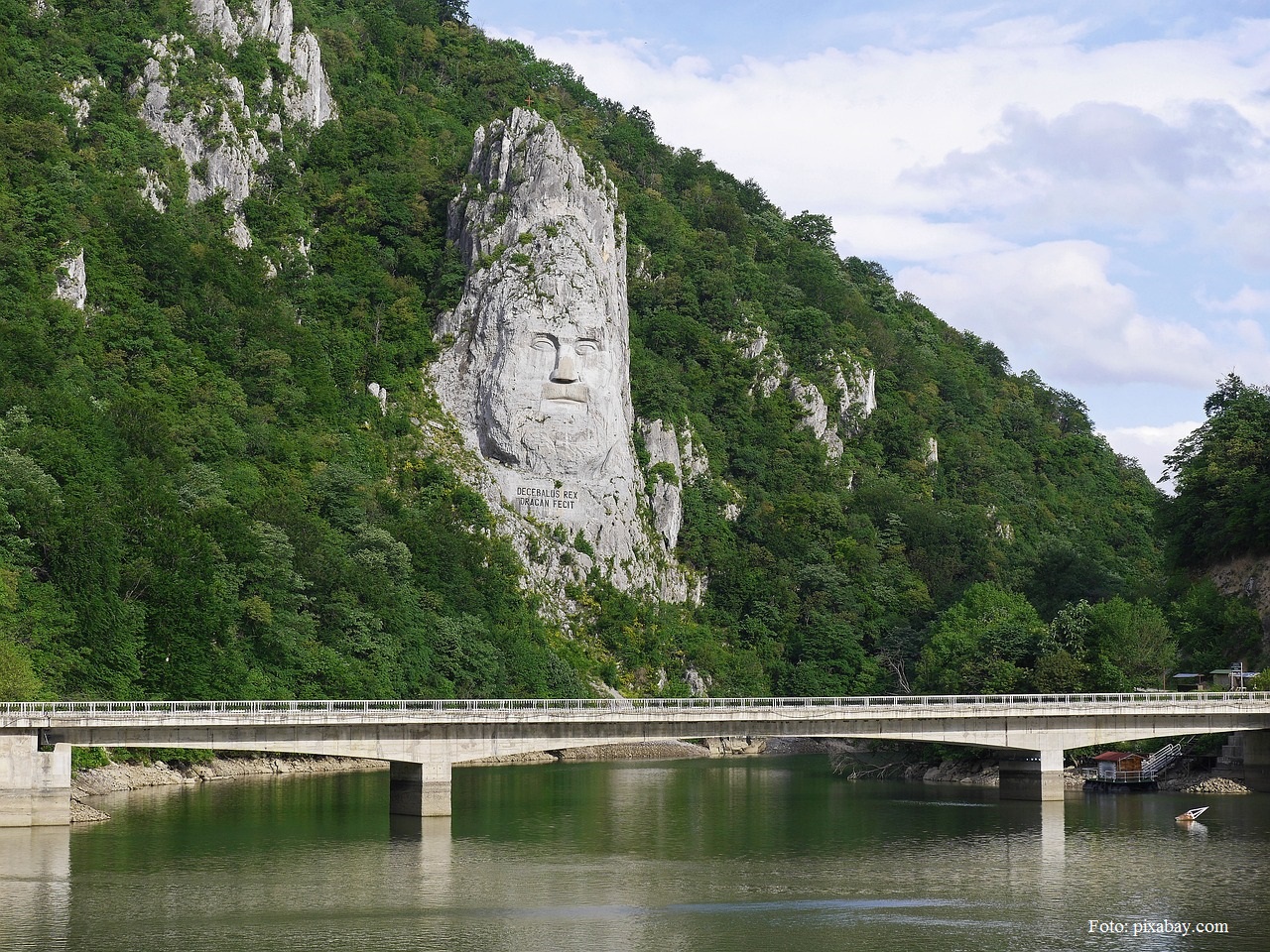Climate Change Impact on Romania
The summer of 2024 brought a new series of alarming records at global and regional levels

Daniel Onea, 29.11.2024, 13:10
In the context of accelerated climate change, the summer of 2024 brought a new series of alarming records at global and regional levels, highlighting the significant impact that global warming has on the environment and society. In fact, in Romania there has been an intensification in the last seven decades, and the “urban heat island” phenomenon has emerged. After a collective scientific effort by a group of 11 authors, a report was published that analyzes in detail all climate change and its effects in Romania. According to the report “State of the Climate. Romania, 2024”, between 1950 and 2023, the duration and frequency of heat values increased significantly, with most regions recording extensions of 10-15 days, and the southwest and east of the country over 25-30 days. Projections indicate a continuation of this trend until the end of the century, affecting public health and the economy. In addition to heat waves, drought represents another major challenge for Romania. The areas affected by moderate, severe and extreme drought have increased, with peaks in the periods 2018-2020 and 2021-2023. The drought in the period 2018-2021 is the longest recorded, with devastating effects on agriculture and food security. The aridification trend continues, profoundly influencing ecosystems and agricultural production. Other extreme weather phenomena, such as severe storms, have also become more frequent. Between 1940 and 2023, an increase in favorable conditions for such events was observed, especially in the east and north of the country. Projections for 2025-2050 and the end of the century indicate an intensification of these phenomena, with negative impacts on agriculture and infrastructure.
Bogdan Antonescu, one of the authors of the report, is a researcher in the field of meteorology and climatology, lecturer at the Faculty of Physics of the University of Bucharest, and researcher at the National Institute for Research and Development for Earth Physics, with expertise in the study of severe storms and extreme weather phenomena in the context of climate change. Among his contributions are the development of the first climatology of tornadoes in Romania, and a detailed climatology of tornadoes in Europe.
“Unfortunately, the report shows us that we will have an increasingly greater impact. This is because the global average temperature continues to increase. Europe is warming more than other regions, and then we will feel the impact of these climate changes more and more often. We will have more heat waves, with a longer duration, and more intense. A good example is what happened this year in Romania, when we had a very extensive heat wave. Then, the impact will be directly on the population in the city. This is because, in cities, there is the so-called “urban heat island”. The fact that there are concrete surfaces, asphalt, there is a greater heating in urban areas than in the neighboring rural areas. Therefore, any heat wave that comes over a city is amplified by the city itself. Hence, implications on health, on the economy, but, in general, heat waves will have even greater implications, because we are talking about the heat wave that will overlap with periods of drought, and, hence, the impact on agriculture. So, for the next few years, things will continue to evolve in this direction. More heat waves, more periods of drought, unfortunately, and more storms in Romania than we have observed so far.”
There have been periods of severe drought and excessive heat in the past. Now, more greenhouse gases are being added to these, which means an increase in the average global temperature. Thus, natural variability, phenomena that used to occur naturally, is now amplified. The frequency of occurrence of phenomena, their duration and, especially their intensity are changing, explains researcher Bogdan Antonescu.
“For example, an amplification of storms, like the storm Boris, which produced precipitation in Central Europe. This storm was analyzed in detail, and the amount of precipitation would have been 20% lower if these climate changes had not existed. Glaciers are also a critical point in the climate system. Once melted, they will not recover. In principle, we are talking about the disappearance of glaciers, which means a rise in ocean levels and the flooding of some coastal areas. There will be effects on aquatic ecosystems for the first time, but also on constructions in coastal areas. Unfortunately, this is the direction, but the glaciers will melt over a very long period. Even if they reach a critical point, for example, the Greenland glaciers, the melting process will be over a long period of time, we are not talking about a few years. Another critical point is represented by coral reefs. Coral reefs are strongly influenced by the fact that there is a higher temperature in the oceans. Then, they reached a critical point quickly. But for the other phenomena we are talking about decades, if not hundreds of years. Unfortunately, technological solutions are only now in development. For example, to extract carbon dioxide from the atmosphere. But what we can do is to act on the cause, that is, to try to reduce greenhouse gases, so that we do not continue to modify the climate system. The modification has occurred, and from here there are only solutions to adapt to heat waves, to periods of drought. For example, in agriculture, to find other plant species that adapt more easily to periods of drought. We must act to bring greenhouse gas emissions on a large scale, and not just regionally.
The authors of the report “State of the Climate. Romania, 2024” show that measures have been implemented at the national level regarding energy efficiency and the promotion of renewable energy, but the lack of a national climate law and poor implementation underline the need for an integrated vision. The energy sector is central to this transition. Although fossil fuels predominate, there are plans to increase renewable and nuclear capacities by 2050. Also, electrifying the economy and developing energy storage infrastructure are essential to achieving climate neutrality.
On the other hand, public perceptions are mixed. Although climate change is recognized as a problem, only 4% of Romanians consider it a national priority, with economic concerns being dominant. Awareness of the impact on agriculture, water, the economy, and health is not yet translating into strong demand for climate action.






























